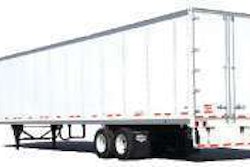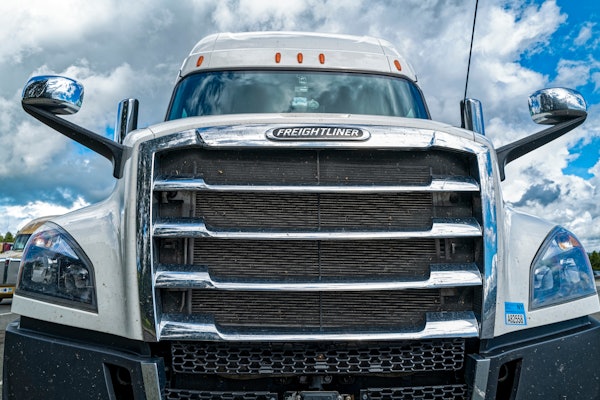The cost of each of the four fundamental inputs in the business of trucking — trucks, trailers, drivers and fuel — have risen and likely will continue to rise in large part due to the policies of the Obama administration, says Derek Leathers, president of Werner Enterprises. Speaking at the Avondale Partners Trucking Forum in Dallas, Leathers said that the administration’s environmental policies have led to more expensive equipment. The Obama administration’s energy policies, which are driven by environmental policy, have meant more expensive fuel. And the administration’s pro-labor policies have increased and will continue to increase the overall cost of the driver work force, Leathers says.
The government’s damage to the industry doesn’t end there, Leathers argues. He cited the Federal Motor Carrier Safety Administration’s Compliance Safety Accountability program. He noted that Werner is under the intervention threshold in all of the BASICs, so to an extent CSA works to the company’s competitive advantage. “I could easily tell you that CSA is a great thing, but I am not going to do that because there are fundamental flaws.”
For starters, only 11 percent of carriers draw enough inspections to come under CSA scrutiny, Leathers said. And then among that 11 percent, shippers are encouraged at least implicitly to make go/no-go decisions on selecting carriers based on CSA scores that have all sorts of flaws and limitations, including inconsistent and incomplete data and the failure of CSA to consider crash preventability.
In other regulatory areas, FMCSA’s efforts are misguided or ineffective, Leathers says. For example, the recent changes in the hours-of-service rules will hurt the productivity of carriers that obey them, but they will be least effective among the very carriers that most need greater safety oversight. “We would have preferred to see mandatory electronic onboard recorders to a change in hours of service. That’s where our focus needs to be and should have been.”
On balance, the hours-of-service changes are bad, but they are constraining capacity, Leathers says. “Customers we haven’t heard from in a while are talking to us.” He predicts that shippers’ capacity concerns will grow in the coming months, and even the calendar plays into this. There is one fewer week between Thanksgiving and Christmas this year than last year, “and that may compress the emotional urgency shippers feel. ”
Nor does Leathers see a change in the trend toward tighter capacity anytime soon, and he cites aging equipment as one of the principal factors. The industry’s average fleet age is now 6.6 years, and to bring that down to the long-run average of 5.5 years would require an estimated investment of $54 billion over 24 months, he says. Maintenance costs are beginning to force the retirement of aging equipment, but the capital isn’t there to replace it.
When truck buying does take off, Leathers doesn’t think it will be with a new source of fuel. Werner has looked at natural gas-powered trucks, but the numbers don’t work, he says. They are more expensive to buy, 15 percent less fuel efficient, 5 percent more expensive to maintain and will have a residual value that’s 50 percent less than comparable diesel-powered trucks, Leathers says.
As is the case with most of the industry’s leaders, Werner’s business is changing. “Werner is one of the fastest growing logistics companies,” Leathers says. For many years, the business was all about hauling freight from Point A to Point B. “Today, it’s much more about how we manage the freight.”
But this mindset has limits, he argues. “At the end of the day, the bucks are in the trucks. And we think that’s increasingly so as we see capacity constraints….Spreadsheets don’t move freight; trailers and trucks do.”












